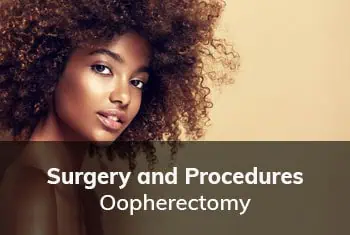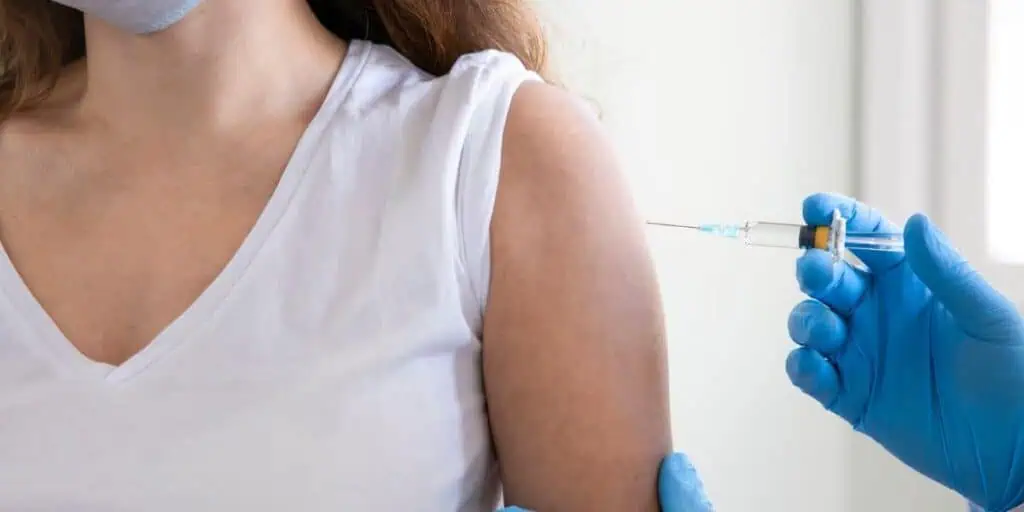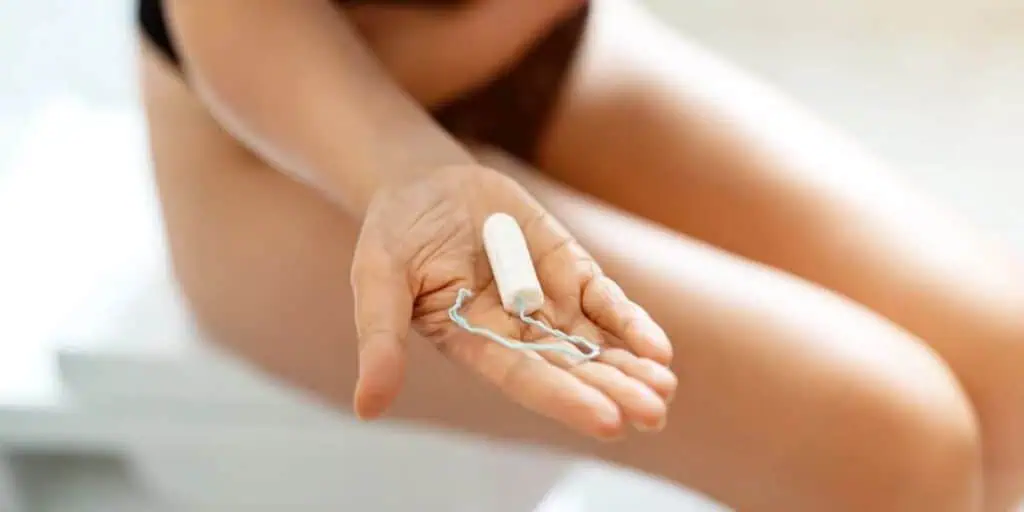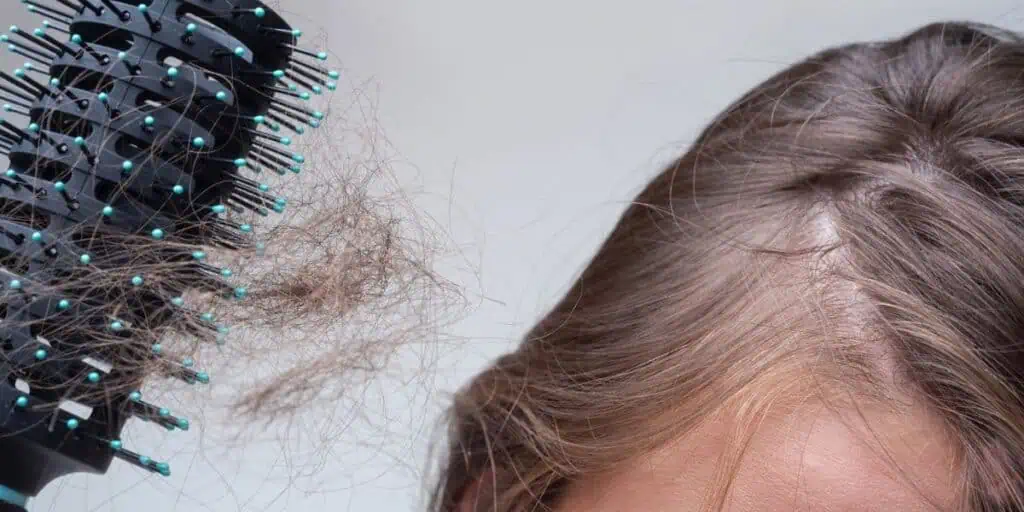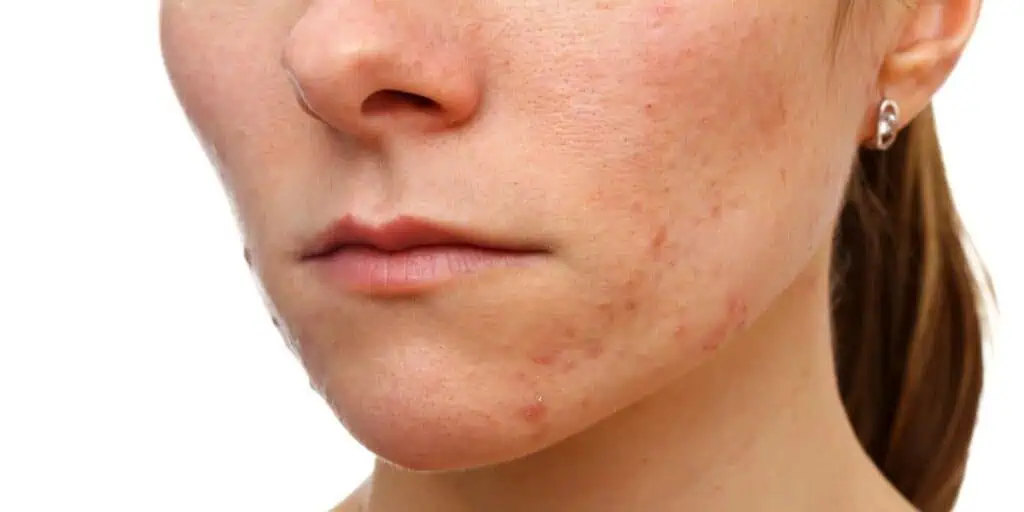What is an oophorectomy procedure (ovary removal surgery)?
An oophorectomy is the surgical removal of one or both ovaries.
The ovaries are small, round organs at the end of each fallopian tube on either side of the uterus. They contain eggs and produce estrogen and progesterone, hormones that control the menstrual cycle and pregnancy.
Why is an oophorectomy performed?
Oophorectomies are performed as a treatment for several reasons, including:
- Ovarian cancer
- Noncancerous ovarian tumors
- Ovarian cysts
- Endometriosis
- Tubo-ovarian abscesses – pockets of pus that develop on the ovaries and fallopian tubes
- Ovarian torsion – when your ovary twists around its blood supply, causing severe pain
- Preventative surgery for people at an increased risk of breast and ovarian cancer
- High-risk BRCA gene mutations, which are changes to your genes that can lead to ovarian or breast cancer
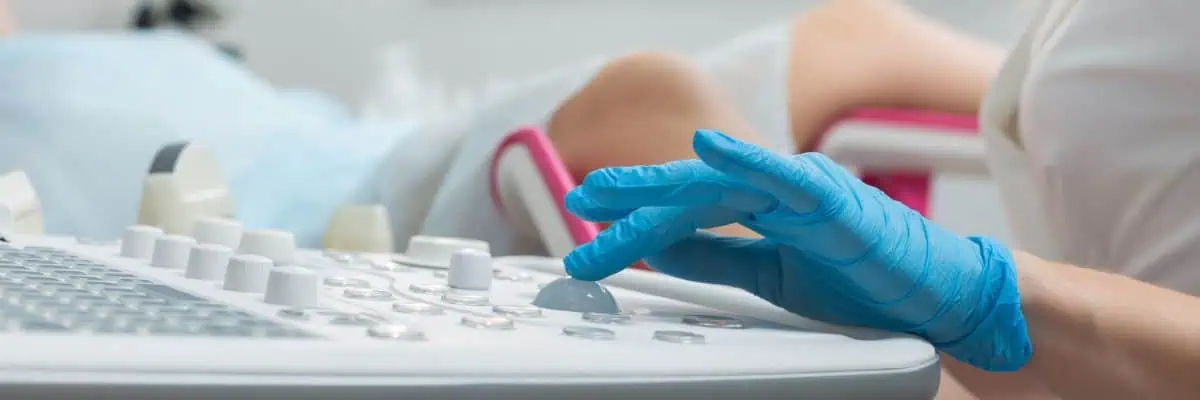
What are the different types of oophorectomies?
- Unilateral oophorectomy: Removal of one ovary
- Bilateral oophorectomy: Removal of both ovaries
- Salpingo-oophorectomy: Removal of one ovary and one fallopian tube
- Bilateral salpingo-oophorectomy: Removal of both fallopian tubes and ovaries
- Hysterectomy with salpingo-oophorectomy: Removal of the uterus at the same time as removing one fallopian tube and one ovary
- Total hysterectomy with bilateral salpingo-oophorectomy: Removal of the uterus, cervix, both fallopian tubes and ovaries
Oophorectomy and cancer prevention
Individuals with a BRCA gene mutation or a high risk for female cancers, such as ovarian or breast cancer, may opt for an oophorectomy to reduce their cancer risk significantly.
The BRCA1 and BRCA2 mutations significantly increase the likelihood of developing ovarian and breast cancer, and removing the ovaries (oophorectomy) can lower the risk of ovarian cancer by up to 80-90% and also reduce the risk of breast cancer by about 50% in premenopausal women.
This preventive measure is often recommended for women who have completed childbearing or who are nearing the age when their cancer risk becomes highest. This is considered an elective or prophylactic oophorectomy.
Oophorectomy and infertility
After a bilateral oophorectomy, you will no longer be able to become pregnant naturally. You may be able to carry a baby with assisted reproductive technologies, such as egg donation and in-vitro fertilization. If you would still like to have children after your surgery, talk with your gynecologist about your options. You may be referred to a fertility specialist.
Does an oophorectomy cause surgical menopause?
If you receive an oophorectomy before you’ve reached menopause, you will experience a condition called premature or early menopause.
The side effects and complications of premature menopause include:
- Hot flashes and night sweats
- Vaginal dryness and painful intercourse
- Decreased libido
- Memory lapses
- Depression and/or anxiety
- Osteoporosis
- Heart disease
Some symptoms may be treated with low-dose hormone replacement therapy. Talk to your gynecologist about your concerns.
How is an oophorectomy performed?
Oophorectomies can be performed laparoscopically or as an open procedure (laparotomies).
Laparoscopic oophorectomy
In this procedure, Dr. Aliabadi makes 2-3 tiny incisions in your abdomen and inserts a slender, flexible camera to guide the surgery. The ovaries will be removed through the small incisions.
Benefits of a laparoscopic oophorectomy include:
- Requiring just two or three tiny incisions that are usually undetectable after six months
- Shorter surgery with less anesthesia exposure
- Less pain after surgery
- Quicker recovery time
- No hospital stay
The laparoscopic procedure also provides Dr. Aliabadi with an enhanced view of your pelvic area compared to a single abdominal incision. The laparoscope can be positioned in multiple locations within your pelvis, offering a comprehensive 360-degree view of various structures.
Dr. Aliabadi is a recognized expert with an international reputation in minimally invasive gynecological surgery, having performed thousands of laparoscopic procedures.
For more information about our advanced outpatient surgical procedures, please visit our Outpatient Hysterectomy Center website.
Abdominal oophorectomy
An oophorectomy procedure involves one large incision in the lower abdomen. The surgeon will expose the pelvic organs and remove the ovaries and any other tissue through the incision.
The type of surgery performed will depend on your surgery’s extent and medical history.
What is the oophorectomy recovery?
The healthcare team will assist you in getting up and moving around as soon as you can after your surgery. This will increase blood flow to your legs and prevent clotting.
After our outpatient oophorectomy, our patients always go home the same day. This is very different from patients with a traditional non-laparoscopic procedure, which requires a two—or three-day hospital stay. However, an overnight stay is required for many laparoscopic surgeries.
Dr. Aliabadi will schedule a follow-up appointment and discuss when you can resume your day-to-day activities. Generally, for abdominal surgery, you should be able to return to your normal activities after about six weeks. For laparoscopic surgeries, many patients experience a full recovery within 2-3 weeks.
What are the potential risk factors of an oophorectomy?
As with any surgical procedure, there is a risk of complications such as infection, bleeding, blood clots, and adverse reactions to general anesthesia.
Have more questions about oophorectomy surgery? Make an appointment with Dr. Aliabadi — LA’s best oophorectomy surgeon
As one of the nation’s leading OB/GYNs, Dr. Thaïs Aliabadi offers the very best in women’s health and well-being. With her warm, professional team, Dr. Aliabadi supports women from puberty to pregnancy, childbirth, menopause, and beyond. She fosters a special one-on-one relationship between patient and doctor.
Highly trained and honored by the medical community, Dr. Thais Aliabadi is certified by the American Board of Obstetrics and Gynecology and a Diplomat of the American College of Obstetrics and Gynecology. She implements the most advanced, state-of-the-art technology and treatment options.
Dr. Aliabadi specializes in up-to-date, minimally invasive surgical techniques for fibroids, polyps, and endometriosis. She promises her patients shorter recovery times, reduced pain, and the least interruption to their daily lives.
We also invite you to establish care with Dr. Aliabadi. Please make an appointment online or call us at (844) 863-6700 for general inquiries.
Sources
Relationship satisfaction predicts sexual activity following risk-reducing salpingo-oophorectomy – PMC
https://www.ncbi.nlm.nih.gov/pmc/articles/PMC4117249
Hormone Replacement Therapy and Life Expectancy After Prophylactic Oophorectomy in Women With BRCA1/BRCA2 Mutations: A Decision Analysis | Journal of Clinical Oncology
https://ascopubs.org/doi/10.1200/JCO.2004.06.090
